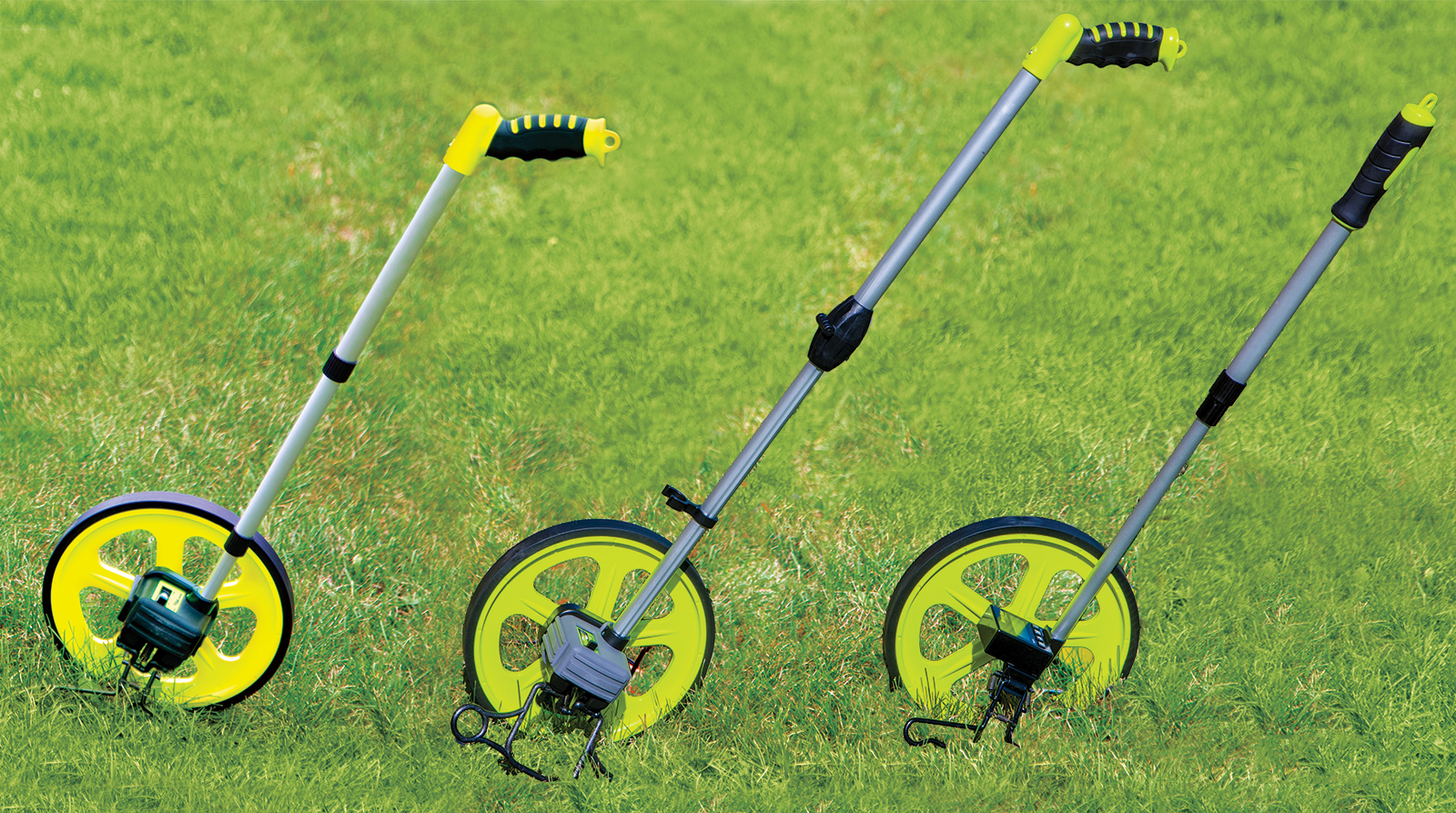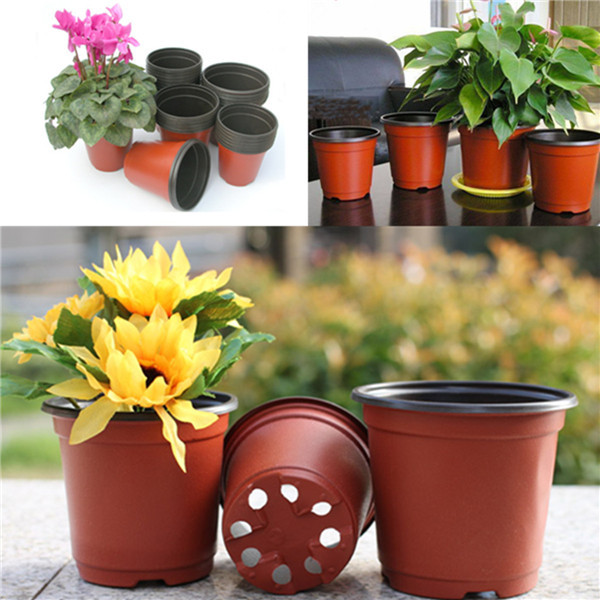Proper maintenance is key for any equipment used on job sites. For those who rely on aerial work platforms and other lifting equipment for their work, downtime simply isn’t an option.
Whether you own your equipment outright or utilize versa lift hire services, proper maintenance is key to maximize uptime. In this post, we’ll explore some tips for maintaining your lifting equipment to keep it running reliably.

Scheduled Maintenance & Inspections
One of the most important things you can do is establish a scheduled maintenance and inspection program. Most equipment manuals will outline recommended maintenance intervals.
Be sure to follow these schedules closely. During inspections, thoroughly check all components like hydraulics, cables, hoses, and structural parts for any signs of wear, damage, or corrosion. Promptly repair or replace worn parts. Keep detailed maintenance records too.
Cleaning & Lubrication
Another basic but important task is cleaning and lubricating equipment properly. Thoroughly clean equipment inside and out on a regular basis to remove dirt, grease, and debris. Pay special attention to areas that see a lot of wear like pivots, hinges, and sliding parts.
Then, lubricate all moving parts with the recommended grease or oil. Proper lubrication is essential to prevent premature wear of components.
Battery Maintenance
If your equipment uses batteries, be sure to check water levels regularly and keep terminals clean and tight. Store batteries in a cool, dry place when not in use. Also consider having batteries load tested periodically to check their condition. Replace batteries according to the manufacturer’s recommendations or if they no longer hold a full charge.
Tire Inspections
For equipment with tires, check air pressure regularly and look for signs of uneven or excessive wear. Proper inflation helps maximize tire life. Also inspect tires for cuts, cracks, or other damage that could cause a failure. Replace tires as needed based on wear indicators or manufacturer guidelines.
Operator Training
One often overlooked aspect of equipment care is operator training. Ensure all operators are properly trained on the safe and proper operation of the equipment.
Review operating and safety manuals with them regularly. Untrained or inexperienced operators can inadvertently misuse or abuse equipment in ways that shorten its lifespan.
Recordkeeping
In addition to maintenance records, keep accurate logs of all equipment usage hours. Hour meters are helpful for this. Usage history data can help predict maintenance and component replacement needs more accurately over time. It also builds a usage profile to help schedule preventive maintenance at optimal intervals.
Off-Season Storage
If you have seasonal equipment that sits idle for parts of the year, proper off-season storage is important. Thoroughly clean and inspect the equipment first.
Then, lubricate all moving parts, change hydraulic fluids, secure batteries on a trickle charger, and inflate tires to proper pressure levels. Store equipment indoors out of the weather if possible.
Outsourcing Maintenance
For those who lack the time, facilities, or expertise to handle all maintenance tasks in-house, outsourcing some work to a qualified service provider can make sense.
Consider having a mobile mechanic perform inspections and repairs on-site periodically. Or, rent equipment on an as-needed basis to avoid ownership costs and responsibilities during slow periods.
Budgeting for Repairs & Replacements
Finally, be sure to budget adequately for ongoing maintenance, repairs, and eventual component replacements. Lifting equipment represents a major capital investment, so planned maintenance is essential to maximize its useful life. Unexpected repair bills can be avoided with a well-managed preventive maintenance program.
Conclusion
By following some basic maintenance best practices like scheduled inspections, cleaning, lubrication, and recordkeeping, equipment owners can help ensure their lifting equipment like aerial work platforms and boom lifts remain reliable and productive for many years.
Outsourcing certain tasks and budgeting properly also helps manage ownership costs. Small, regular maintenance investments pay big dividends in the long run through increased equipment uptime and availability.

Melissa Day is a dedicated home blogger who has been blogging for over six years. She covers everything home related. Melissa also loves writing posts about her travels to Europe with her husband and two children.












